Affordable and high-quality 3D printer for cosplay.
Until recently, very few users had the possibility to create exquisite Cosplay costumes. Luckily, the situation has changed and now everyone owning the best 3D printer for Cosplay can customize any aspect of a model in a blink of an eye.
Cosplayers are really passionate about what they do. They easily invest in better and more intricate costumes to outshine everyone at the next Cosplay event. Some of them are crazy enough to spend more than 1,000 bucks on one piece. By the way, around 75% of all cosplayers buy from one to four costumes a year.
I’ve tested 6 top 3D printers that can easily cope with Cosplay-related tasks. Check out their pros and cons below and thoroughly consider all the specifications. Imagine the possibilities you will get with an advanced 3D printer and pick up a suitable device.
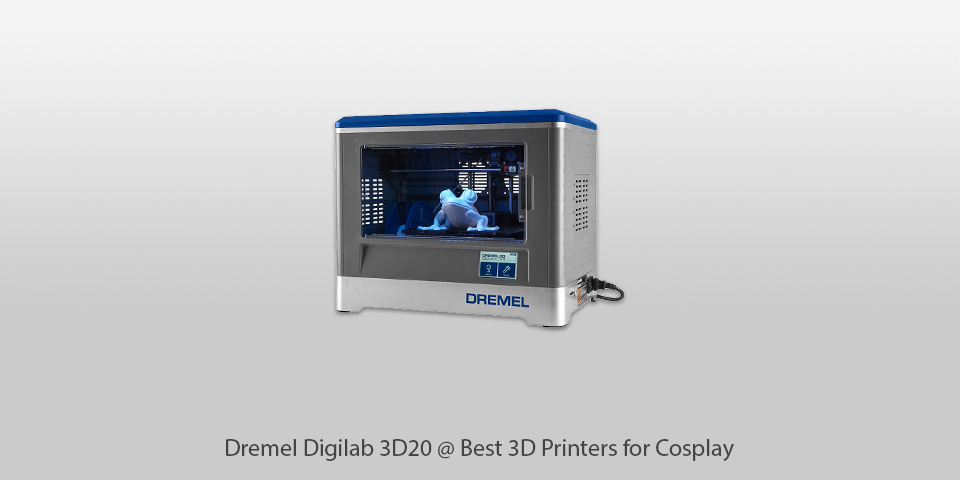
Filament Diameter: 1.75 mm | Build Area: 230 x 150 x 140 mm | Minimum layer resolution: 100 microns | Maximum layer resolution: 400 microns
The Digilab is a powerful and compact, multifunctional desktop 3D printer that will allow you to create professional-quality prints in a matter of minutes. It is especially useful for people who are not comfortable printing using the computer as the printer has an extremely user friendly interface and also includes a variety of useful add on tools that you can download straight to your computer.
The Dremel Digilab 3D20 has a very powerful laser jet engine that makes it ideal for cutting accurate plastic parts which are needed for electronics and plastic fabrication. It is also very powerful when it comes to cutting clear vinyl and is ideal for both toning and engraving. The touch screen function allows you to operate this amazing printer with total ease and confidence. You will find that the Dremel Digilab 3D20 is a very versatile piece of equipment that will allow you to complete your tasks quickly and easily.
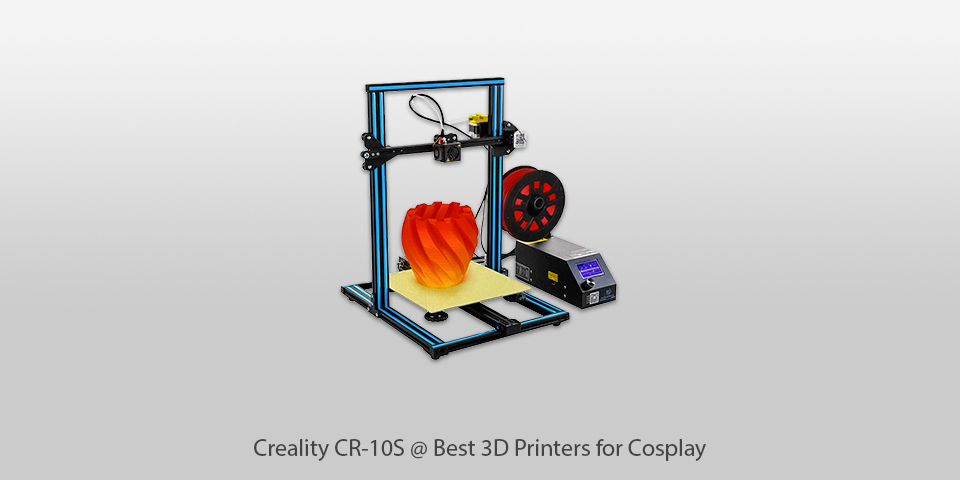
Filament Diameter: 1.75 mm | Build Area: 300 x 300 x 400 mm | Minimum layer resolution: 100 microns | Maximum layer resolution: 400 microns
It's a full-sized 3D printer with all the qualities you'd expect from a top-class brand. It has an automatic feeder mechanism which keeps it from spilling, is easy to clean with soap and water and generally seems well constructed and designed. It even has a front USB port for charging the printer and a tray to protect your computer screen and printer when not in use.
In this review I shall take a closer look at some of the main advantages of the reality cr-10 s and how it can help you to print more, and with better quality; the biggest advantage being that this is a "worker assistant" printer. The ability to automatically print jobs without human supervision is an ideal way for companies to reduce their workload and increase productivity. This is especially important if your business deals in large volumes of printing, or has employees printing many documents simultaneously.
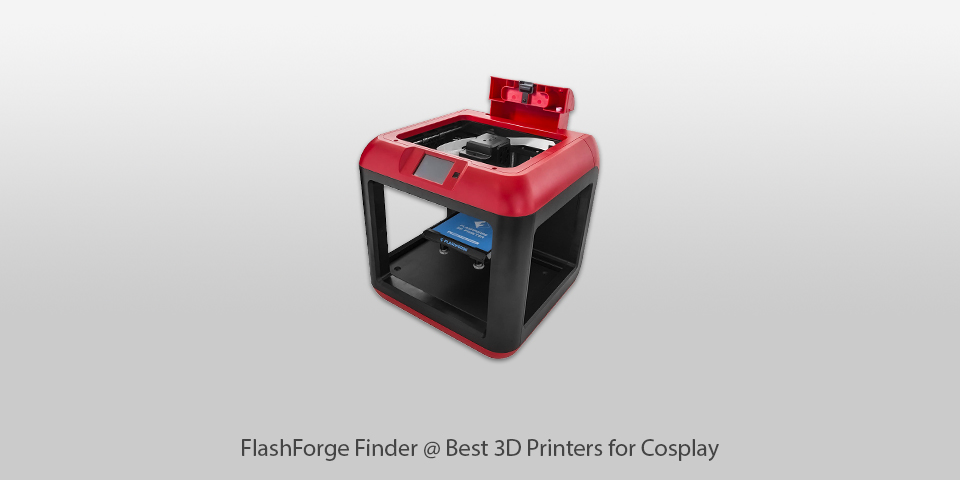
Filament Diameter: 1.75 mm | Build Area: 140 x 140 x 140 mm | Minimum layer resolution: 100 microns | Maximum layer resolution: 400 microns
For as long as there have been 3D printers, there has been Flash Forge. The Flash Forge company brought us the first true open source printer. It was designed by a printing professional, who wanted to improve on the standard printer and took his ideas one step further by making a printer that was actually worth looking at. There are a lot of people who use this particular printer and want to know what all the features and benefits are.
The biggest feature of the Flash Forge is the fact that it uses an Open Source program called Flash Forge. This is Open Source software that allows you to print from your own computer through your printer. To do this, you will need to connect the Flash Forge to your computer through the USB port. You can also download and install a driver to use your printer with the Flash Forge. Once you have everything installed, you can then install the driver which will then allow the Flash Forge to recognize and read the files. One of the cool features that this 3D printer has is the ability to connect to your computer through the USB port and upload any 3D graphics you may want to use in the printer.
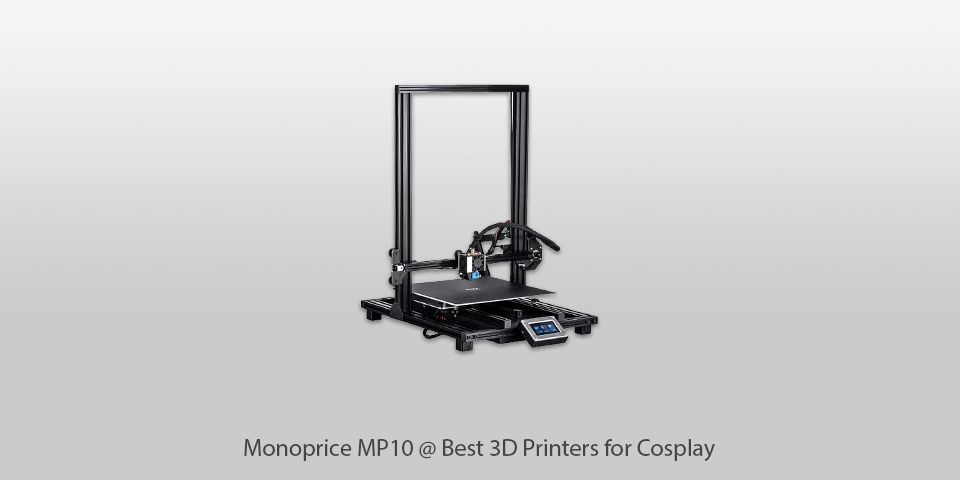
Filament Diameter: 1.75 mm | Build Area: 300 x 300 x 400 mm | Minimum layer resolution: 50 microns | Maximum layer resolution: 300 microns
The Monoprice MP10 is an outstanding feature rich 3D Printer with a 300 X 300 heated, touch sensitive, and re-assembled metallic outer shell, and a three-level touch sensitive extrusion driven by a powerful motor. It also has an advanced assisted magnetic level sense dual zone control and an automatic all-metal extrusion motor. Wires are hidden within the sleeves, so wiring is never a problem, and all the parts are pre-wired and set to go. In addition, prints are absolutely flawless and detailed. This all comes standard with the Monoprice MP10.
The main benefit of this printer is that it comes with its very own software bundle. You can upload your design directly to your machine; there is even an LCD screen showing the status of your print job, allowing you to easily monitor your progress. The software bundle comes with a resume printing function and even allows the user to preview a previous print in its finalized stage of thickness, saving you precious time that you would have otherwise spent looking at the screen to do that.
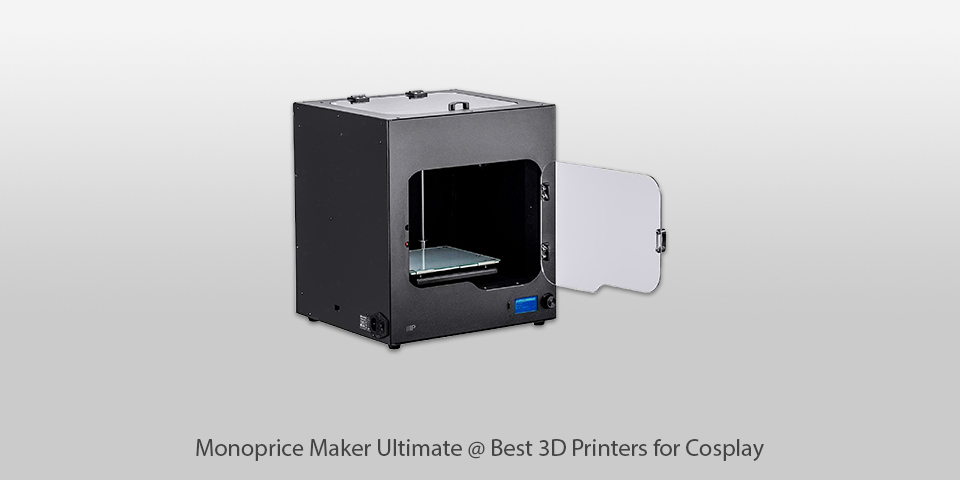
Filament Diameter: 1.75 mm | Build Area: 200 x 150 x 150 mm | Minimum layer resolution: 100 microns | Maximum layer resolution: 400 microns
The Monoprice Maker Ultimate 3D Printer comes with a compact rigid design that all the internal parts made entirely of plastic. Therefore, when the printing procedure is in process, it becomes stable. The Monoprice Maker Ultimate is extremely dependable for domestic or professional needs. This is one of the most cost effective, high quality printers. It has a large variety of add-ons that can be connected to increase the functions of this printer.
The company claims that its new Absorber Technology is one of the most important factors of the printer. Absorber is supposed to help you cut down the time and energy you need in printing, compared to traditional methods. It also claims that its technology helps to reduce the amount of back pressure that your printer will feel while running. This is one of the most important advantages that it offers to its users.
| IMAGE | NAME | FEATURES | |
|---|---|---|---|

|
Dremel Digilab 3D20
Our Choice
|
CHECK PRICE → | |

|
Creality CR-10S
FDM
|
CHECK PRICE → | |

|
FlashForge Finder
Budget
|
CHECK PRICE → |

You are totally free to choose a 3D printer from any producer presented on the market. However, consider only those options that can fully satisfy your requirements. Get an efficient printer and start creating the mind-blowing Cosplay accessories right now.
The type of filament directly influences the final quality of the output. Some 3D printers can use different filaments to print models. So, don’t miss a chance to experiment.
For instance, if you plan to print some glowing or metallic props, check whether the chosen model works with such materials.
When choosing the best 3D printer for Cosplay, pay attention to the build volume since it directly influences the size and capacity of the platform you use to create props.
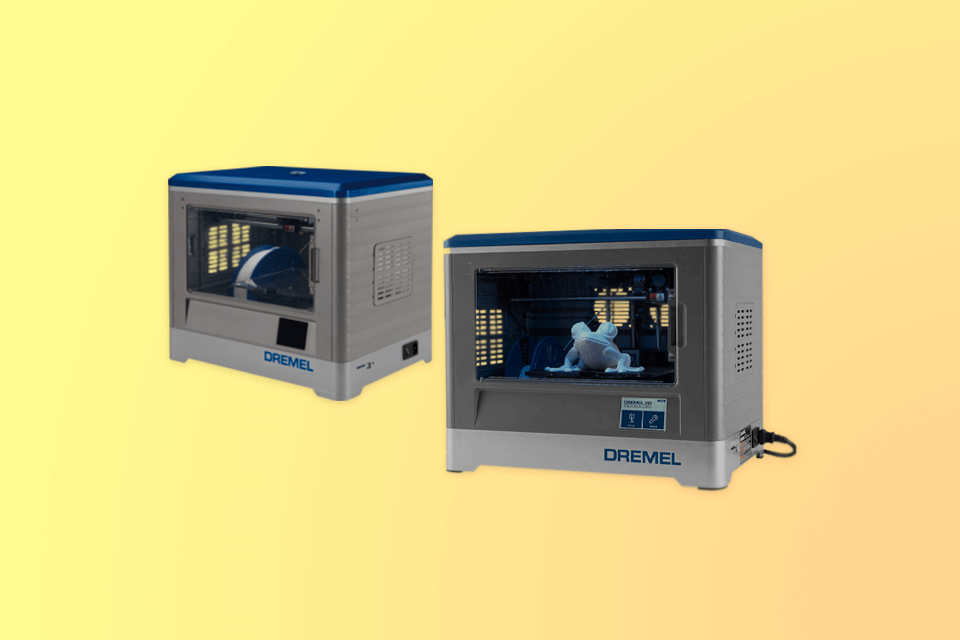
If you decided to get a top-notch printer to create impressive costumes, it’s not necessary to be an expert. However, it might be a little challenging in case you are a complete newbie. Thus, you will have to devote some time to understand how the printing software works and how to adjust it.
Therefore, when buying your first 3D printer, think of what printing you want ‒ fast and simple or long and complex (in case you are okay with going into detail).
Like with any equipment, the features of a 3D printer identify its speed and accuracy. Therefore, to avoid errors, carefully consider the technical specs of your printing machine. In such a way, you will spend less time and materials on creating the desired model.
We have described the most essential features you should take into account when buying a 3D printer for producing Cosplay accessories.
Mind that all options in our list are desktop printers not bigger than industrial 3D printers. Plus, remember that you can’t legally sell your models until you get authorization from the parent company.